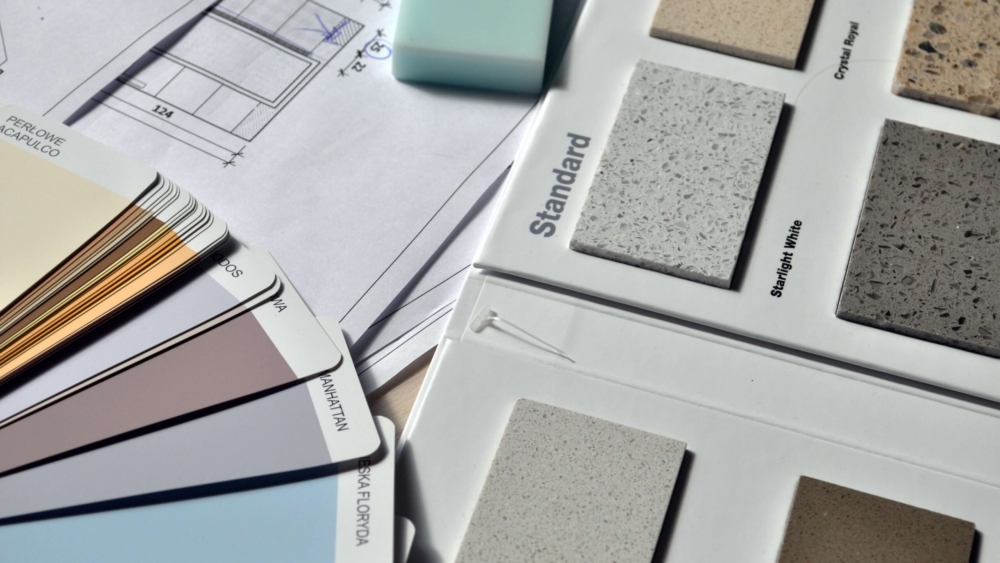Picture this: you’ve always been interested in the creative industry. Keen to know more, you decided to approach your colleagues in the design department, and succeeded in striking a conversation with them.
But then the designers started to throw around industry design terms that you don’t understand. Leading? Orphan? River? All you can do is awkwardly nod and smile along while wondering, ‘What is that supposed to mean?’
Don’t worry, we’re here to help! Here are the five basic design terms you need to know.
Layout and composition
You might hear designers use the term “layout” or “composition” during a meeting or discussion. Layout is the arrangement of the elements of a design, such as the images and texts on a magazine page. Layout and composition make up the foundation of design, from newspaper, brochure, social media posts to even web design. A good layout should not only grab the reader’s attention, but also communicate information in an aesthetically pleasing manner.
Margins
Margins are the spaces between the edge of a page and the content within it. Margins appear around all four sides of the content; left, right, top, and bottom. You can have different margin sizes for each side to suit your design needs. A suitable margin helps to achieve a well balanced design, improve readability, and make the visual neater by introducing more breathing space.
Widows and Orphans
You might wonder what a woman who has lost her spouse or a child who has lost their parents has to do with design. In the design industry, “widow” is a term for when the last line of a paragraph is not able to fit at the bottom of a page or column and instead, sits at the top of the next page. Meanwhile, an “orphan” is when the first line of a paragraph sits at the bottom of a page by itself. In design we try to avoid orphans and widows as much as possible since it is visually distracting and interrupts the reading flow.
Alignment is the placement of text or graphics in a layout. whether left, right, centred or justified. While you probably won’t notice when the elements are properly aligned, you will almost certainly notice when they aren’t. When a design is poorly aligned it looks messy and incomplete. Aligning the elements on the page will help your design be more readable and clean.
Alignment
Alignment is the placement of text or graphics in a layout. whether left, right, centred or justified. While you probably won’t notice when the elements are properly aligned, you will almost certainly notice when they aren’t. When a design is poorly aligned it looks messy and incomplete. Aligning the elements on the page will help your design be more readable and clean.
River
When you set your body text into justified alignment, you might see a noticeable crack or line formed by the gaps in the sentence that run through the paragraph of text. We call it a “river”. To fix a river, a light touch of spacing adjustments should do it. Text with rivers typically has poor readability, and it should be avoided, if possible.
Well, there you have it, the five basic design terms you’ll likely encounter when talking to a designer. These are only some of the common terms in the design industry, so keep an open mind and learn along the way! Keep in mind that there’s no shame in asking others to help clarify anything that you’re unsure of.
Need a brand identity agency to help with your design-related needs? Chat with us at [email protected]

